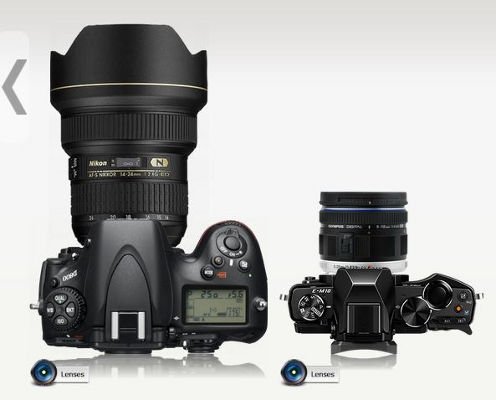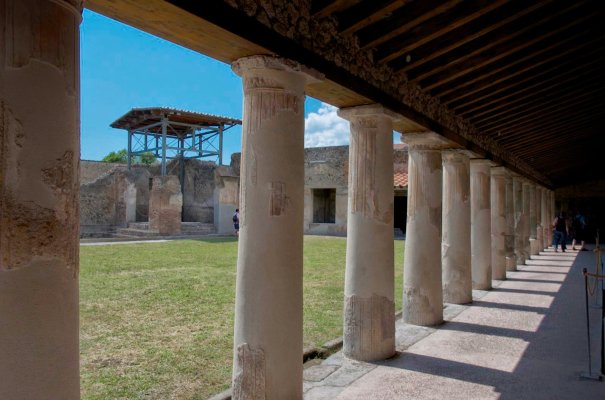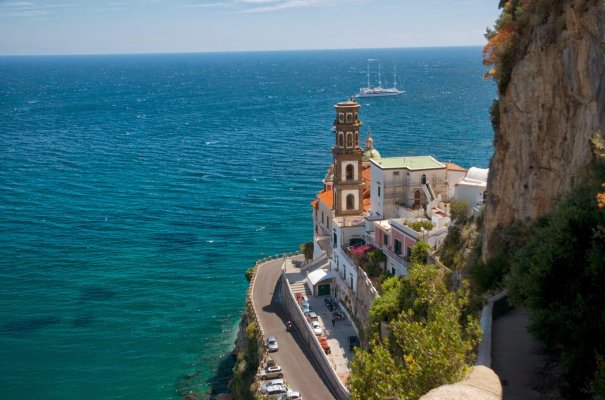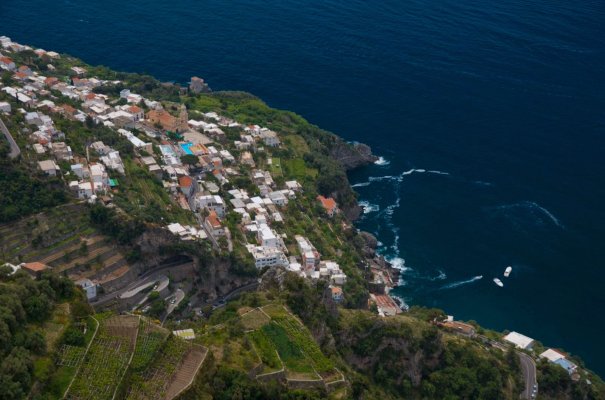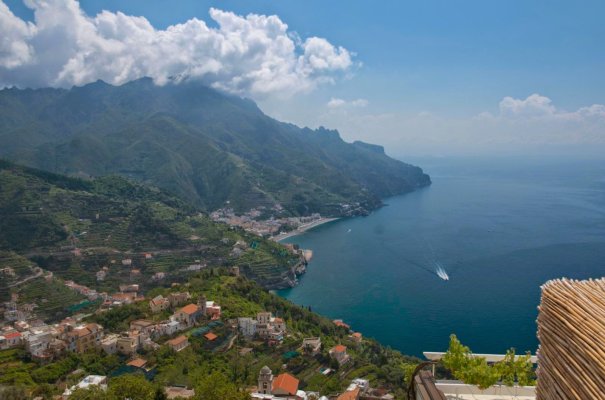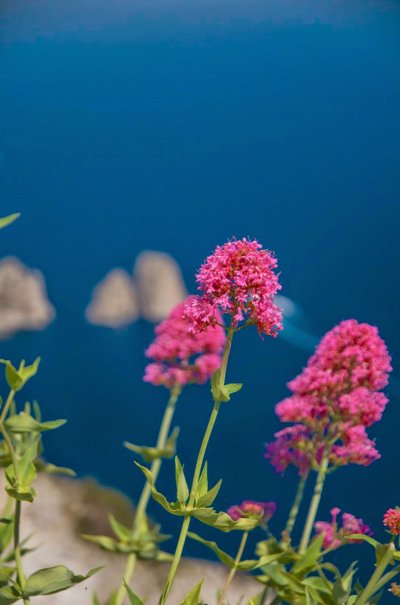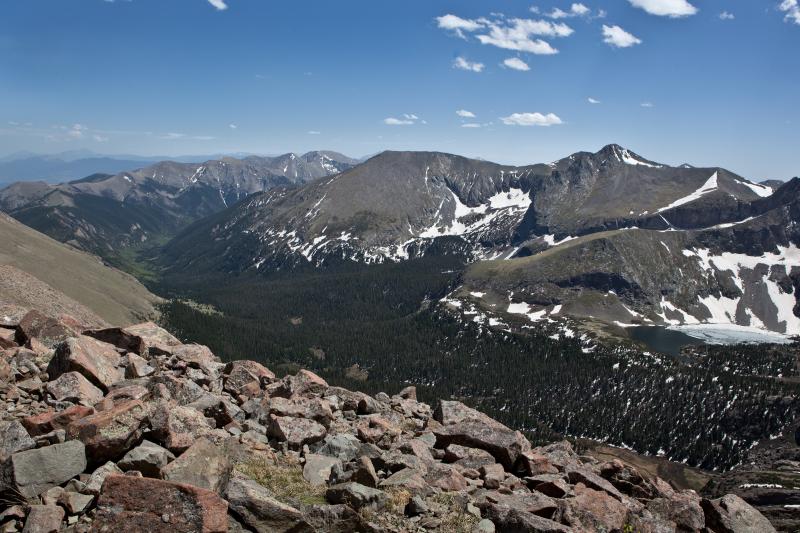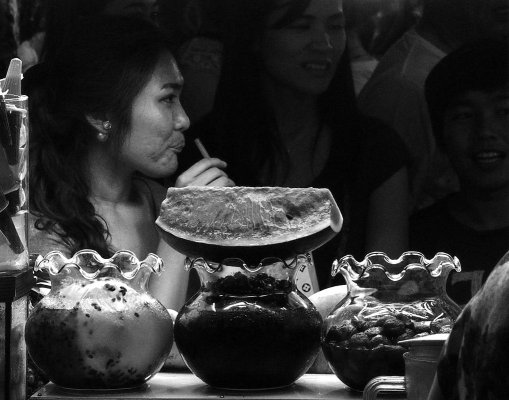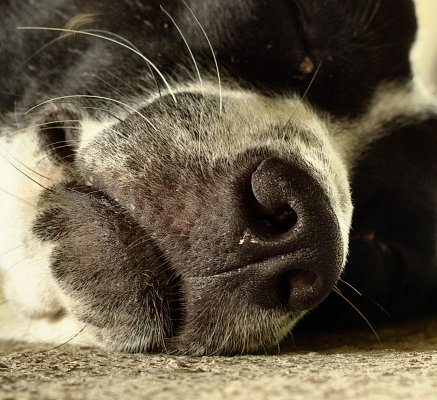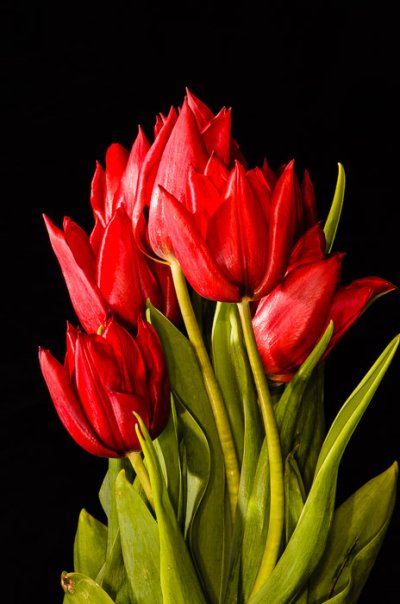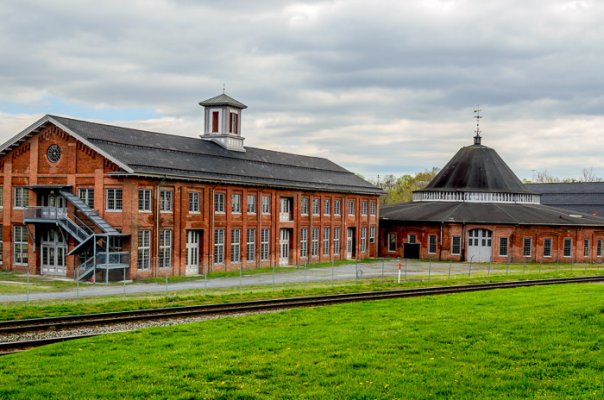explanade
Give me a museum and I'll fill it. (Picasso) Give me a forum ...
- Joined
- May 10, 2008
- Messages
- 7,439
I had seen this in Thom Hogan's review of the Sonys:
Sony A7 and A7r Review | Sans Mirror — mirrorless, interchangeable lens cameras | Thom Hogan
Image Quality: Okay, we are now in one area where I know I’m going to get a lot of blowback: image quality. The number one thing I heard the fanboys all rejoicing about when the A7r was announced was this: “Yes! D800E quality in a smaller, lighter, less expensive body.” No, the A7r produces less than D800E quality in a less expensive body. If you want a free lunch, I suggest you try the local rescue mission.
The difference isn’t actually easy to describe because it involves what’s going on behind the covers. But let me lay out the basics: the D800E will shoot 14-bit raw files with no underlying artifacts and fully recoverable data. The A7r will shoot 11-bit raw files with potential posterization issues in the data. The same is true of the A7 versus a D610, too.
Let’s start with the 11-bit thing. Sony always uses compression in storing raw files. The way they do that is quite clever. They slice each pixel row into 32 pixel blocks. In a Bayer sensor, that means two colors, each with 16 data points). For each 16 pixels of a color, Sony looks at the minimum and maximum pixel values for each and stores that. For the other 14 pixels they store a 7-bit value that is offset from the minimum value. In essence, they get 32 pixel values stored in 32 bytes, when normally 11-bit storage for that data should take 44 bytes.
This is not lossless compression. It is highly lossy. Nor is it visually lossless. That’s because when you have an extreme set of values in the 32-pixel block (e.g. sun peaking out from behind tree edge), you get posterization of data. Don’t believe me? See this article, which describes it better than I can in the limited space of a review. Indeed, every A7/A7r owner should probably have a copy of RawDigger so that they can understand exactly where the issues in their raw files lay. Even Nikon’s optional visually lossless compression scheme does a better job at this, as it hides its posterization only in very bright values that our eyes just don’t resolve.
Sony A7 and A7r Review | Sans Mirror — mirrorless, interchangeable lens cameras | Thom Hogan

